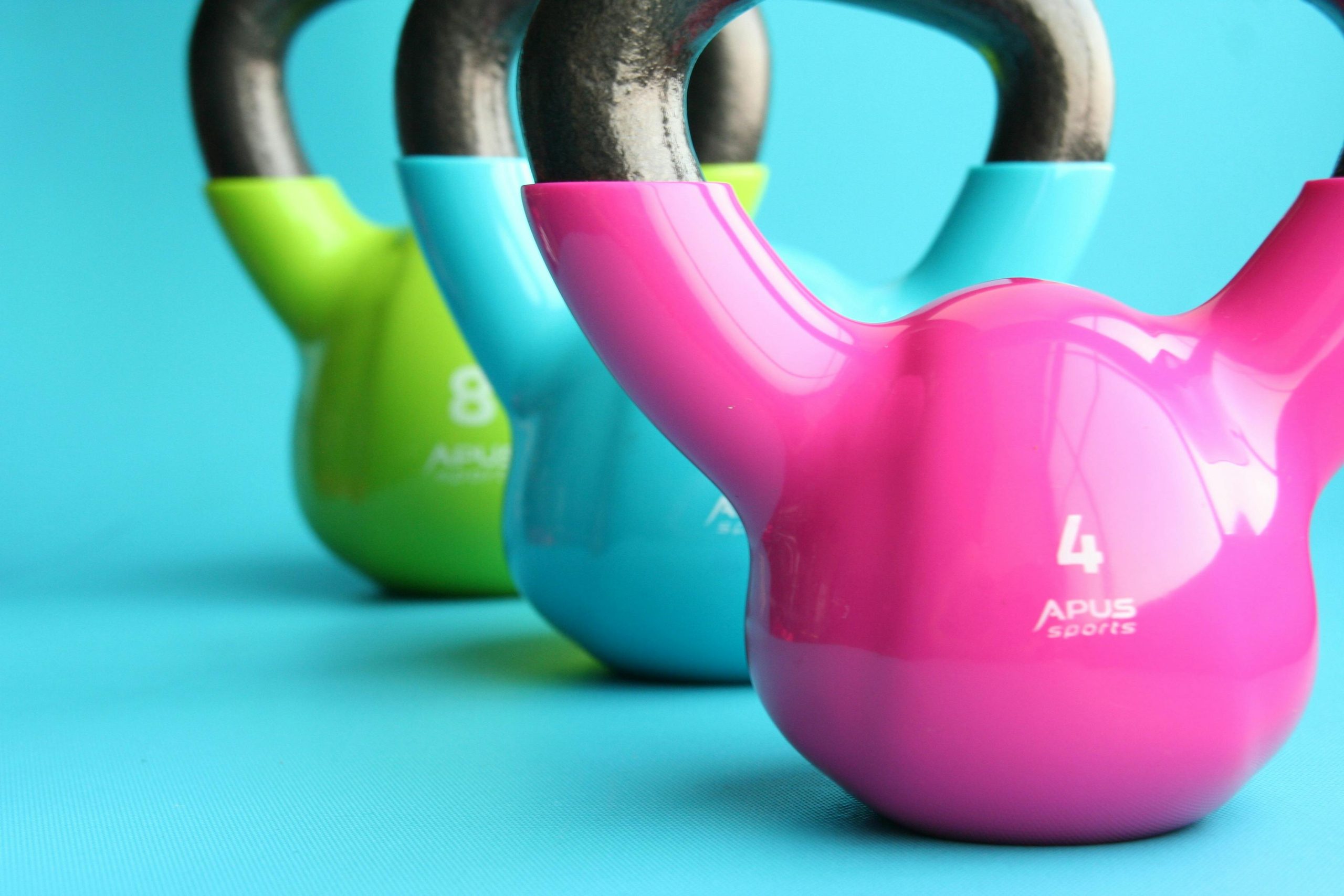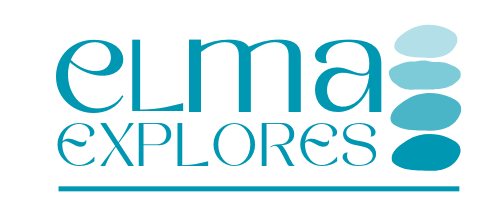
Introduction
Starting a strength training journey can feel exciting—but also a little overwhelming especially when you’re hearing unfamiliar terms like “reps,” “supersets” or “progressive overload.” If you’re confused you’re not alone. This guide breaks down essential strength training terms for beginners so you can walk into the gym with clarity and confidence. Understanding the language of lifting is the first step to feeling empowered, staying safe and getting the most out of your workouts.
Understanding common weightlifting terms makes workouts more effective, keeps you safe and boosts your confidence whether you’re at the gym or training at home. This guide will walk you through all the basic strength training vocabulary you need to get started. Let’s decode the gym lingo so you can start training with clarity and purpose.

Why Knowing Strength Training Terms for Beginners Matters
Learning the right terminology goes far beyond sounding knowledgeable—it can shape your entire experience with resistance training. When you understand what each part of a workout involves, you’ll feel more prepared, motivated, and empowered to take control of your progress.
Making the decision to start strength training or walk into a gym for the very first time can be momentous. However, it can feel overwhelming when you realise that the language used is very confusing. Words and phrases are tossed around and they simply mean nothing to you. When we feel overwhelmed it can feed into our insecurities and give us an excuse to avoid, as we simply don’t know what they are talking about.
I find that this seems to happen in every organisation – be it a corporate company, a gym, a retail store. It’s own language develops – possibly as a means to simplify long winded terms. But it becomes such a part of the organisation that it’s a block to entry for others.
So this guide will give you the basics. Believe me, every person in the gym had to learn this stuff also. Once you understand the basics you should have confidence to ask or enquire about other phrases or terms used.
- Helps you read and follow workout plans without second-guessing
- Reduces risk of injury by ensuring you understand safe exercise form
- Improves communication with personal trainers or fitness instructors
- Makes it easier to track your progress and set realistic fitness goals
Whether you’re lifting free weights, using resistance bands or doing bodyweight training, this knowledge is your foundation.
Beginning a new gym routine, or going to the gym for the first time can overwhelming. Check out our article here: Overcoming Gym Anxiety .

Core Exercise Terms to Understand
Let’s start with the most common strength training terms for beginners you’ll see in any workout plan.
- Reps (Repetitions): Each time you complete an exercise movement (e.g., one squat or push-up).
- Sets: A group of reps. For example, 3 sets of 10 reps means doing the exercise 10 times, resting, and repeating that two more times.
- Rest Period: The time you take to recover between sets—crucial for muscle recovery and performance.
- Form: Refers to how well you perform a movement. Good form is essential to avoid injury and work the intended muscles.
- Range of Motion (ROM): How much you move a joint during an exercise. Better ROM means better mobility and more effective training.
Understanding these basics will help you follow strength training programs more effectively from the very beginning.

Training Method Terms
As you grow in your fitness journey you’ll come across terms that describe how exercises are structured. These concepts are especially important in designing effective routines for muscle building and fat loss.
- Progressive Overload: This is the foundation of strength progress. It means gradually increasing weight, reps, or sets to challenge your muscles and stimulate hypertrophy.
- Circuit Training: A fast-paced workout where you perform different exercises one after the other with minimal rest—great for building endurance and burning calories.
- Superset: Doing two exercises back-to-back without resting in between, often working opposing muscle groups.
- Split Routine: Dividing your workout by muscle groups (e.g., upper body on Monday, lower body on Wednesday).
- Compound Exercises: Movements like squats, deadlifts, and rows that use multiple joints and muscles at once. These are ideal for improving functional strength and overall fitness.
Understanding these formats helps you make informed choices based on your goals—whether it’s fat loss, toning or increasing muscle strength.

Body and Muscle-Related Terms
Knowing how your body works is just as important as knowing how to lift. These strength training terms for beginners will help you understand the physical side of training.
- Hypertrophy: The process of muscle fibers growing larger through resistance training. This is the goal if you’re looking to tone or build lean muscle.
- Stabilizer Muscles: Smaller muscles that support your joints and major muscles during movement. For example, your core muscles stabilize during a plank.
- Isometric: A contraction where your muscles are working but not moving (e.g., holding a wall sit or plank).
- Eccentric/Concentric: Eccentric is the lowering phase of a movement, while concentric is the lifting phase. Both are vital for muscle development.
These definitions are especially helpful when following instructional videos or written workout plans that explain how to move through each phase of a rep.

Tools and Equipment Vocabulary
Knowing your tools will make your workouts more efficient and less intimidating, especially if you’re at a gym or investing in home gym equipment.
- Free Weights: Includes dumbbells, barbells, and kettlebells. These allow for a full range of motion and are great for building functional fitness.
- Resistance Bands: Portable and versatile tools that provide variable tension for strength exercises. Excellent for beginners and joint-friendly workouts.
- Machines: Provide guided resistance using weight stacks and fixed movement patterns. Good for learning proper form or isolating muscles safely.
- Bodyweight Training: Exercises that use your own body weight as resistance, such as squats, push-ups, and lunges. Ideal for building a foundation at home or with minimal equipment.
Each tool has its place, depending on your goals, training intensity and comfort level.
Conclusion
Learning these basic strength training terms for beginners gives you more than just vocabulary—it gives you power. With this knowledge, you can confidently choose exercises, follow programs, and understand your own body’s needs. From tracking reps and sets to mastering progressive overload, you now have the foundation to train with purpose and avoid common beginner pitfalls.
Ready to put your knowledge to the test? Start with a simple beginner strength program, use correct form, and don’t be afraid to ask questions. Consistency and understanding are your best tools. You’ve taken the first step—now go lift with confidence.






